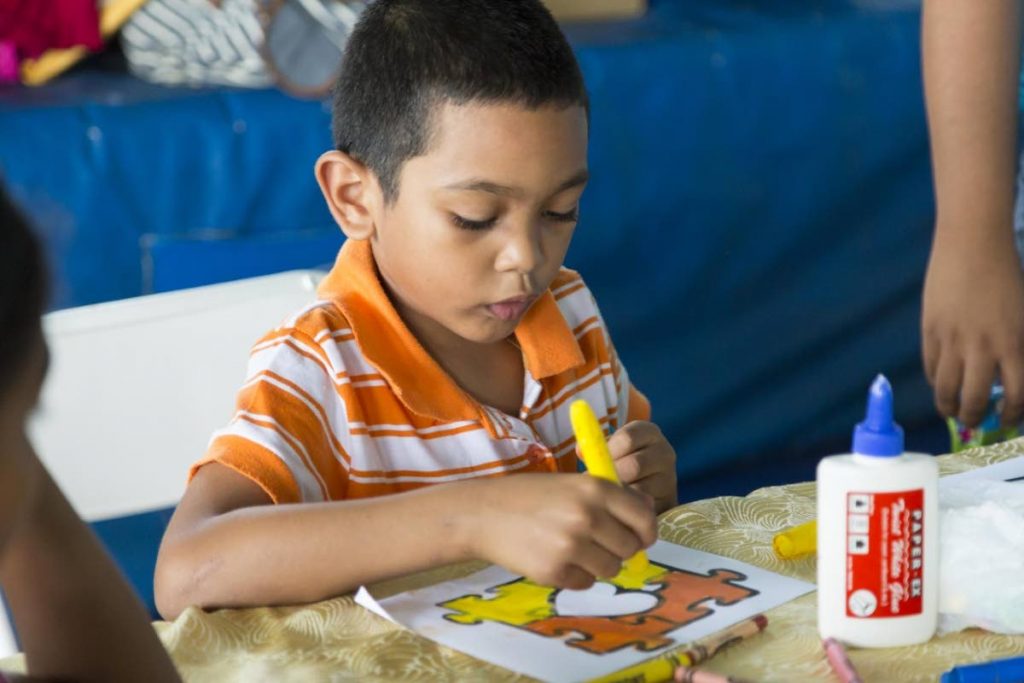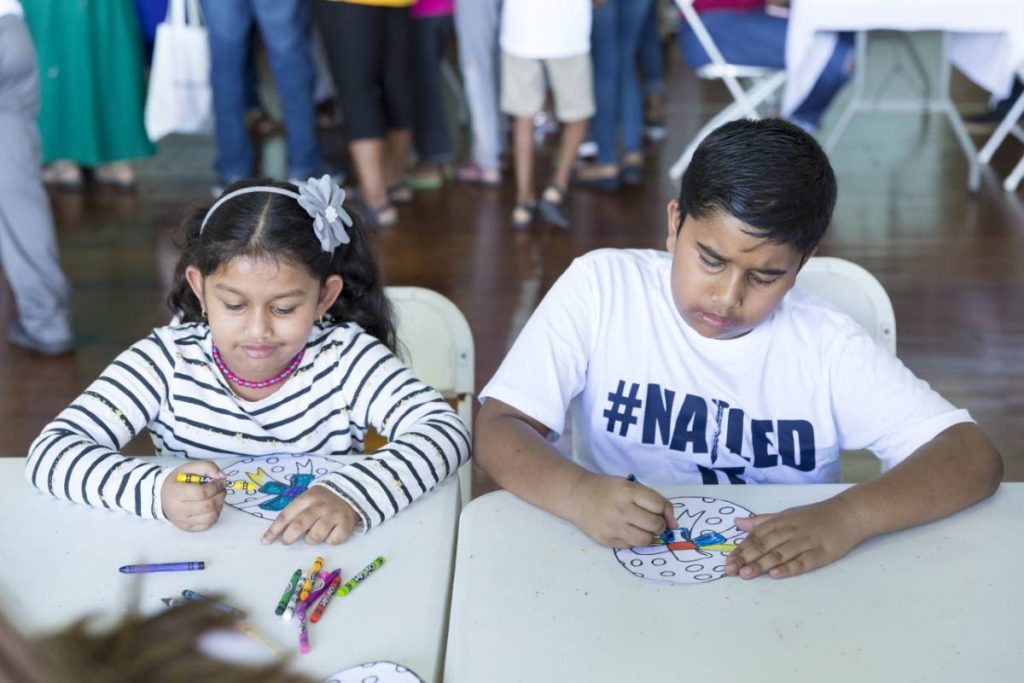Literacy and the special needs child

DR RADICA MAHASE
Adriana is a shy 13 years old who was diagnosed with autism eight years ago. She loves to build puzzles and she is very good at it – she can build a puzzle with 1,000 pieces in a couple of days.
According to her mom Jewel, “When Adriana starts to work on a puzzle she just won’t stop. She will go for hours and hours. She is very thorough and she pays attention to very small details that we don’t even notice. When she is working on a puzzle she will see things that we don’t see.”
Her father noted that, “She is also very good with mental math. She can work out difficult sums in her head. She hates to read and write though. She doesn’t like to hold a pencil or crayon at all and it is very difficult to teach her to write. With reading, we tried to break up the words but she just couldn’t pick it up and would get frustrated and have meltdowns. So we just stopped trying to teach her to read or write. The teachers in the private school that she attends said that we should focus on what she can do so they give her a lot of puzzles, maths and other things to do and they don’t really push her to read and write.”
Yesterday, TT celebrated International Literacy Day. On October 26, 1966, UNESCO’s General Conference officially made September 8 International Literacy Day with the intention of reminding “the international community of the importance of literacy for individuals, communities and societies, and the need for intensified efforts towards more literate societies.”
The UN noted that, “Education systems must provide for the educational training needs of both the young generations … and the generations that have already become adult without having had the benefit of the essential minimum of elementary education…. National educational plans should include schooling for children and literacy training for adults as parallel elements.”

One of the “remaining literacy challenges” that we in TT need to focus on is illiteracy amongst the special needs population. What are our expectations of the special needs population where literacy is concerned? What are the challenges for literacy achievement amongst the special needs population? How are we addressing these challenges? In the case of Adriana, she has difficulties with learning to write because of sensory issues, therefore how can we help her to overcome her challenges?
According to Jessica Mills, “Research has shown that students with autism experience specific challenges regarding the learning process. Learning to write is a critical skill in order for a child to succeed in an academic environment. Writing is a challenge for many autistic students because it involves co-ordination, muscle strength, motor planning, language skills, organisation, and sensory issues.” In order to cater to Adriana’s special issues, parents and educators need to develop a creative approach and to come up with all sorts of fun, stimulating ways to encourage Adriana to write. Mills suggest the use of art and drawing as a precursor to writing; using a variety of exercises, using stretchy bands and hand therapy, etc.
The same applies to teaching a child to read – parents/educators are required to find creative ways to help a child develop an interest in reading. Research has shown that reading to children regularly and storytelling help to develop children’s reading skills. Basically, parents/educators need to be aware of different methods and be able to implement these in order for the child with autism (and other special needs) to develop literacy skills. And in many cases, parents and educators who have the resources take the initiative to research, learn and use a variety of methods to help their children.
However, a more concerted effort is needed and thus, the Ministry of Education has an important role to play in improving the literacy rate amongst special needs individuals. Technology and other material appropriate for a variety of special needs such as the visually and hearing impaired; teachers’ training programmes for special needs; accessible and available resources in marginalised communities are just some of the things that we can develop at a national level to increase literacy rates amongst the special needs population. We cannot just focus on the things that Adriana and other special needs children can do; they should be given the opportunity to learn to read and write (and other things!) throughout their life, at their pace.
Dr Radica Mahase is founder/director, Support Autism T&T


Comments
"Literacy and the special needs child"